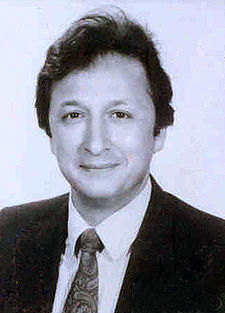How Are Mass, Space Size, And Period of Time Structured, In Diatomic Molecules? Part II: Quantum Numbers of Electronic States
Year: 2004
In our previous article we arrived at an essential relationship for the classical vibration period of a diatomic molecule. It is that the cast of this relationship, [period of time] ~ [mass] x [size of space of concern]2, is essentially imposed by the special theory of relativity; this is how we originally arrived to it, although we have derived it, quantum mechanically, in Part I of this work.
The above relationship holds generally. It essentially yields T~r2, for the classical vibrational period, versus the square of the internuclear distance at different electronic states of a given molecule, which happens to be an approximate relationship known since 1925, but not disclosed so far.
In this article, we determine the quantum mechanical mulitplier appearing next to the Planck Constant in the epression in question to be r/r0, for electronic states configured similarly, r being the internuclear distance at the given electronic state, and r0 the internuclear distance at the ground state.
Note that, not much is reported about the quantum numbers of complex systems, in the literature.


